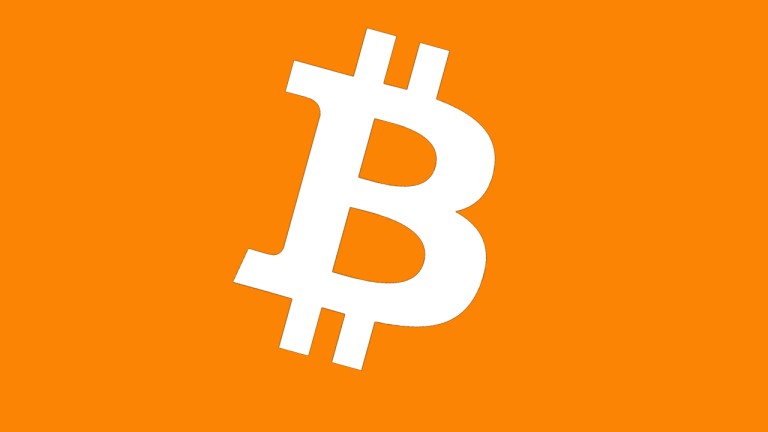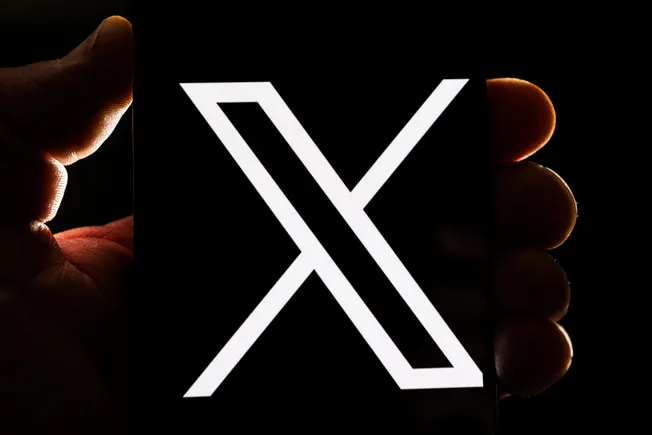Ford Credit debuts first-ever consumer ad campaign as auto lending market undergoes rapid change
With more people shopping online, lenders such as Ford Credit must shift strategies.

Securing auto financing used to be almost an afterthought—buy a car and pick a loan at the dealer. But now, with the rise of online car shopping, the marketplace is more competitive, with banks, credit unions and automaker-controlled leaders hitting up consumers a lot earlier in the buying process.
Ford Credit is responding to this new dynamic by launching what it describes as its first direct-to-consumer ad campaign since it was founded in 1959.
One ad features close-ups of Ford vehicles and the sound of a revving engine with the message: “The best Ford ever … Is the one you can call yours.”
The digital-only effort from VMLY&R includes buys on Instagram and Google search, as well as in streaming content and display ads. Mindshare handled the media buy.
40% share
Ford Credit, which is a wholly-owned subsidiary of Ford Motor Company, only provides loans to buyers of Ford and Lincoln vehicles. About 40% of the buyers of those brands use Ford Credit, according to Andrea Morris, Ford Credit’s head of global marketing. Part of the goal of the campaign is to increase that percentage by raising Ford Credit’s awareness, while also fending off new lending competition, she said, noting that spending on auto loan advertising has increased by a factor of 10 in the past couple of years.
The Ford Credit campaign will seek to position it as “a frictionless finance provider that offers ease, clarity and flexibility,” it stated in a press release.
The buying “journey is shifting,” Morris said. Previously, people would think about financing at the end of the process at the dealership, she said. But now, “people are doing extensive research prior to going to the dealership to understand their options.”
This is especially true as people complete more of the buying process online. At the same time, there are “more and more financial providers with similar products when it comes to vehicle financing,” she said. “You have more banks getting into the business as well as the rise of fintech—it's a competitive market and we plan to compete.”
She declined to reveal how much Ford Credit is spending on the campaign, but said “we are looking to make every dollar work as hard as possible.”
Morris, who joined Ford Credit about a year ago after a nearly five-year stint at Kraft Heinz, is the first person to serve as Ford Credit’s head of global marketing.
Changing marketplace
Ford Credit is in a class of lenders called “captive financing,” which refers to the financial arms of automakers. Captive lenders accounted for 26% of auto loan origination in 2021, down from 29% in 2020, according to the latest data shared in McKinsey & Company's “Disruption and innovation in U.S. auto financing” report published in February.
The report documented shifting patterns in the industry, noting that banks in 2021 regained share “by relaxing credit restrictions.” As interest rates jumped in 2022, “credit unions marginally overtook banks in market share (28 percent of financing compared with 27 percent for banks) due in part to lower pricing,” the report noted. New lending players include more regional banks, online auto retailers (such as Carvana and Vroom), as well as fintechs such as AutoFi, Autopay and Caribou Financial, according to the report.
In the captive segment, new players include Stellantis Financial Services, which was formed in 2021 by Stellantis, owner of Jeep and Ram. It has been drawing business at Stellantis dealers.
More companies are entering the auto lending space in part because auto financing enjoys “consistently low delinquencies (less than 3.5 percent) over the past two decades,” the McKinsey report states. Delinquency rates have remained low even amid “lingering unemployment, rising vehicle prices, and relatively higher inflation, in part because borrowers have leaned on financial-hardship programs that let them postpone loan payments,” according to the report.
In the early days of the pandemic, for instance, Ford Credit promoted a “Built to Lend a Hand” incentive package that included payment relief for six months and 0.0% financing for 84 months on select vehicles. (The program has since ended.)
Ford Credit placed third among captive lenders on the J.D. Power 2022 U.S. Dealer Financing Satisfaction Study, with Subaru Motors Finance taking the top spot and Honda Financial Services placing second. TD Auto Finance earned the top spot in the non-captive auto lender category with Ally Financial coming in second.
Banks significantly improved their scores and “have made great strides by focusing on improving dealer satisfaction which leads to greater dealer intent to send more business,” Patrick Roosenberg, director of automotive finance intelligence at J.D. Power, said in a statement.

 Koichiko
Koichiko 































